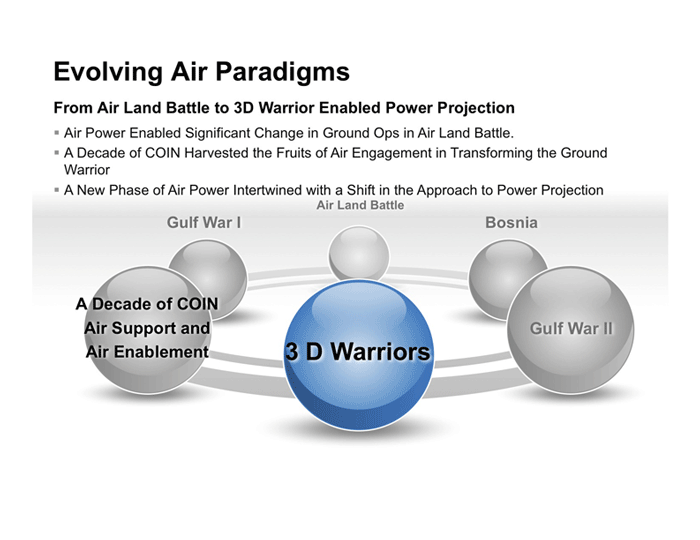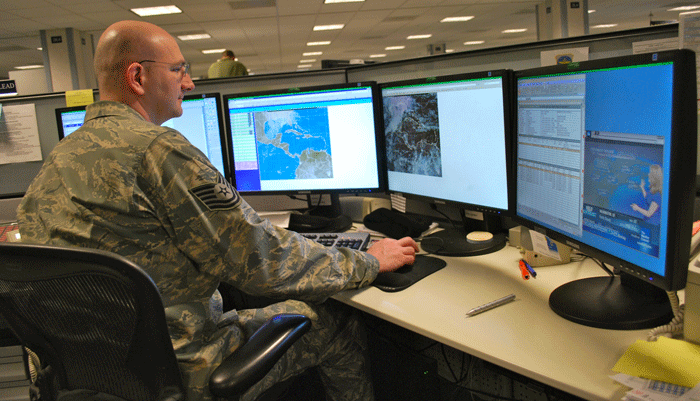07/20/2011: As the CRW is deployed to carry its core missions, security is a must. Sgt. Gomez led the discussion during the SLD visit to the CRW about this challenging task.
[slidepress gallery=’providing-security-for-the-deployment’]
Credit: SLD 2011
Sgt. Gomez: I’ve been with this CRW, actually, since its inception in 2005.
SLD: You’re that old?
Sgt. Gomez: I’ve been here for a while, sir. I was actually in the AMOG 621st Air Mobility Operations Group [621st AMOG] prior to it becoming a CRW here. I have deployed a few times in Iraq. And you are looking at some of the tools of the trade. Basically, we at security forces are in charge of integrated base defense. And in the CRW, we’re uniquely suited where we can actually integrate non-security forces personnel into our defenses.And unlike typical Air Force units, airmen do arm when they deploy. But we’re unique in that everybody in the CRW has an individually assigned weapon. It’s their weapon, they train with it, at home station, they deploy with it downrange.
SLD:Sort of Marine Corps like.
Sgt. Gomez: Very similar, sir. The Air Force is just now trying to go to that integrated base defense concept, and it’s basically a Marine Corps idea…every marine is a rifleman first is the concept.For the majority of the CRW personnel, we issue M16 series rifles.
SLD: This approach allows you to have a much leaner operation.
Sgt. Gomez: Absolutely, sir. We carry the M4 variants as the security forces personnel. Whereas the rest of the CRW, non-security forces personnel will carry the M16A2 or the M16, depending on their particular duty position.We utilize the M249 in an automatic rifleman role, basically supports the rifleman. We don’t typically use it in stationary mode, because for its volume of fire, it’s a lot lighter, maneuverable, you can move it around.For stationary light machine guns, we use the M240 Bravo. It’s the 762 variant of this design… puts down a heavier volume of fire. A little bit more effective against the light armored targets. And then, we utilize the Browning M2 for our standoff role.We also have a sharpshooter sniper capability. I actually manage the sniper/sharpshooter program for the wing.We utilize the M24 sniper weapon system. Our sniper weapon system is a bolt gun, you can’t go wrong there. It’s tremendously accurate. It’s reliable.
SLD: You are the deployed defense for the CRW.
Sgt. Gomez: Yes, for us, the sniper and the heavy weapons capability are actually critical to our defenses. They allow us with the smaller package to be a little bit more robust to get that reach out and touch somebody capability, because our big thing in defense is standoff. A lot of what we’re dealing with now with indirect fire and IEDs, we want to be able to get to them before they can get to us.With our sniper rifle, we can get that standoff capability.
SSG. Scott Adams: I’m in charge of the weapons vault for the wing. We have weapons that we track and need to be cleaned up and ready to go at a moment’s notice.It’s an armory, you have to be armed up when we’re inside the perimeter. I am not a Security Forces member, per se. One of the vehicles that you just looked at over there, that’s my primary duty. But in the CRW, you have to learn a little bit of everything and everybody has to wear multiple hats.
SLD: I’ll ask you one last question. What’s been the biggest challenge when you deploy?
Sgt. Gomez: From my perspective, I think the biggest challenge is being the primary Air Force presence in that particular area of operations.For example, we opened up air operations at Camp Striker in 2005. It was an Army base, there were Army rotary wing assets, but there wasn’t an Air Force presence at the base. We came in as a small, robust package. We were the Air Force. We were the Air Force presence. So to me, that was a huge challenge. We didn’t have the level of Air Force support you would in a typical Air Force unit at an Air Force base. We have to learn to speak Army and Marine in order to be able to interface with our sister services.And that can be quite challenging coming from an Air Force background.





